ARTICLE FAILS TO INCLUDE PICTURES!
Pete Warner,
Bangor Daily News, Maine
Thu, December 30, 2021
Dec. 30—Doug and Christine Chadwick had an unexpected visitor at their home on Christmas morning.
The Chadwicks were treated to a rare sighting: an albino gray squirrel.
"It showed up at our bird feeder on Christmas morning. Quite a surprise and a really nice gift from Mother Nature," the Chadwicks said in an email.
It has been a gift that keeps on giving.
"It is really enjoyable watching it, as it has been coming every day since Christmas along with about 10 other squirrels," they said.
While many Maine wildlife sightings involving white or mostly white animals and birds are a treat, the squirrel appears to be special.
"Albinism and leucism are inherited conditions that are caused by lack or reduction of pigments in the skin, fur, feathers or scales [yes, birds and reptiles can be white, too!]," said Shevenell Webb, furbearer biologist for the Maine Department of Inland Fisheries and Wildlife.
"Albino animals tend to be completely white, whereas leucism can result in patchy white areas, pale colors, or the entire body being white," Webb said. "These conditions are difficult to tell apart, especially at a distance."
We recently published a photo of a piebald deer, one that was mostly white with some subtle patches of tan hair. And we also showed you Larry Gooding's video of a cow moose with a large patch of white fur along its back.
But the squirrel appears to be a true albino animal.
"It actually is a full albino because it does have pink eyes, even though they don't show up in the photos," the Chadwicks said. "This is the first one we have ever seen."
Webb said the eyes are the detail that makes the albino identification more definitive.
"Pink or pale eyes are a red flag for albino, whereas dark eye color points to leucism," Webb said.
Being an albino definitely has short-term advantages for the squirrel, but also poses some dangers.
"Camouflage is pretty good in the snow and we are hoping it survives after the snow leaves because we have several hawks and eagles in the area," the Chadwicks said.
Webb agreed that the lack of pigmentation likely could be problematic for the squirrel next spring.
"Most animals have fur or feathers that provide camouflage with their environment. The white squirrel may match his snowy background now, but being white is a big disadvantage to hide from predators during other times of year," Webb said.
We greatly appreciate Doug and Christine Chadwick sending along the photos of the albino squirrel and many thanks to Shevenell Webb for continuing to enlighten us about Maine wildlife!
SO HERE YA GO...
Demystifying the Illusive White Squirrel 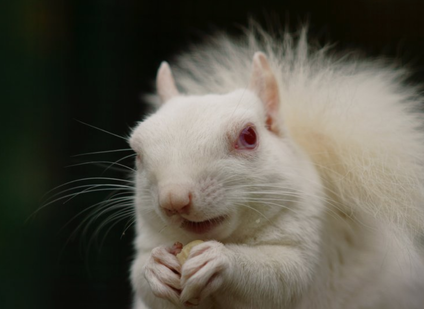
Where can you see a white squirrel? 🐿👀
Catching sight of these rare variations of squirrels is tough unless you know where to find them. There are five main cities that claim to be the official ‘home of the white squirrel’.
1. Olney, Illinois
2. Marionville, Missouri
3. Brevard, North Carolina
4. Exeter, Ontario Canada
5. Kenton, Tennessee
Traveling to one of these locations will greatly increase the success of your white squirrel sighting adventure!
Below is map of sightings in the United States created by researcher Rob Nelson and Roland Kays a zoologist at North Carolina State University. You can help them keep track of white squirrel populations by logging your sightings!
Want to learn more about white squirrels? Check out this video from the awesome biologists at Untamed Science and their white squirrel sighting adventure across the Eastern United States!
For many of us on the West Coast of North America the existence of a white squirrel is difficult to imagine, but it is not as uncommon as you may think! Populations of white squirrels can be found in places across the United States and sightings of these mystical creatures are becoming more common. 🦄🐿👀
The white squirrels we see in North America are the result of various rare genetic variants or mutations. However, in Thailand and other parts of East Asia there is a sub-species of tree squirrel, the Finlayson's squirrel (Callosciurus finlaysonii), in which a white coat is characteristic of the species. White coats may be common place amongst this group, but broadly speaking it is still a vary rare squirrel color. There are over 200 species of squirrels and only one subspecies is found to have white as a primary color morph! 🌈🐿
There are two primary forms of white squirrels in the United States- albino squirrels and a rare morph of the eastern grey squirrel.

The easiest way to know if the white squirrel you spotted is albino or a rare morph is by its eye color. Albino squirrels are completely white with red or pink eyes. This unique eye color is found in all albino animals and is a result of a lack of melanin pigments that produce eye and coat color. Albinism is a genetic condition caused by a recessive gene. This means that both the mom and dad squirrel have to be carriers of this gene in order to produce albino offspring. This is what makes it so rare! It is estimated that 20-30% of white squirrels in North America are albino.
The rare white morph of the eastern grey squirrel has black eyes and can have a mix of white and grey coat. Similar to albino squirrels, white eastern grey squirrels owe their unique coat color to their genes. But, unlike albino squirrels who have a mutation on the gene coding for pigmentation, western grey squirrels actually have a gene that codes for a white coat! Despite having this 'white coat' gene, it still only occurs very rarely because being so brightly colored makes a squirrel less able to blend in amongst the trees and thus more visible to predators.
Here are some examples of the diversity seen amongst white morph squirrels:
Here are some examples of the diversity seen amongst white morph squirrels:
Squirrels that are white due to this white coat color gene are more common than albino squirrels and account for roughly 70% of the white squirrel population in the United States.
Lastly, if you know me you know I have a special affinity for the eastern fox squirrel. 🐿💕💁🏻♀️ White coat color has also been spotted in these guys. However, fox squirrels do not have the gene that western grey squirrels have that codes for a white coat. White eastern fox squirrels occur due to a condition called leucism. Unlike the mutation that causes albinism which prevents the production of melanin, leucism is caused by a decrease in several different types of pigments. Fox squirrels with leucism will not have pink or red eyes but may have patches of white or pale fur.
Take a look! 👀
Lastly, if you know me you know I have a special affinity for the eastern fox squirrel. 🐿💕💁🏻♀️ White coat color has also been spotted in these guys. However, fox squirrels do not have the gene that western grey squirrels have that codes for a white coat. White eastern fox squirrels occur due to a condition called leucism. Unlike the mutation that causes albinism which prevents the production of melanin, leucism is caused by a decrease in several different types of pigments. Fox squirrels with leucism will not have pink or red eyes but may have patches of white or pale fur.
Take a look! 👀
Where can you see a white squirrel? 🐿👀
Catching sight of these rare variations of squirrels is tough unless you know where to find them. There are five main cities that claim to be the official ‘home of the white squirrel’.
1. Olney, Illinois
2. Marionville, Missouri
3. Brevard, North Carolina
4. Exeter, Ontario Canada
5. Kenton, Tennessee
Traveling to one of these locations will greatly increase the success of your white squirrel sighting adventure!
Below is map of sightings in the United States created by researcher Rob Nelson and Roland Kays a zoologist at North Carolina State University. You can help them keep track of white squirrel populations by logging your sightings!
Want to learn more about white squirrels? Check out this video from the awesome biologists at Untamed Science and their white squirrel sighting adventure across the Eastern United States!
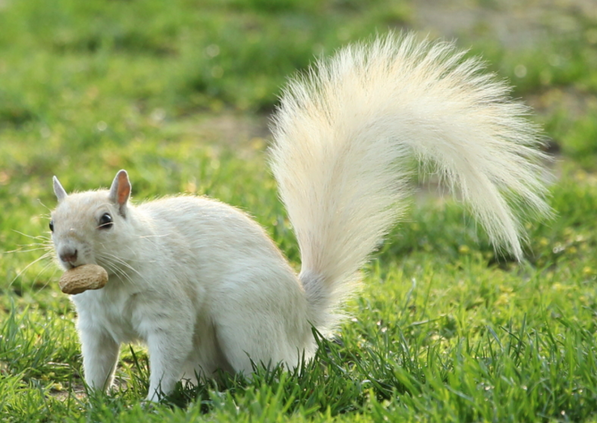
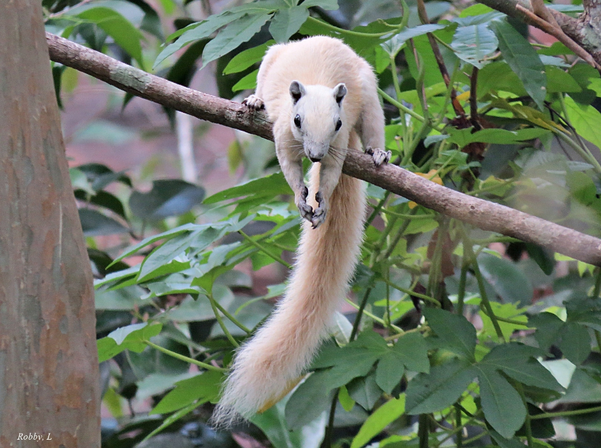
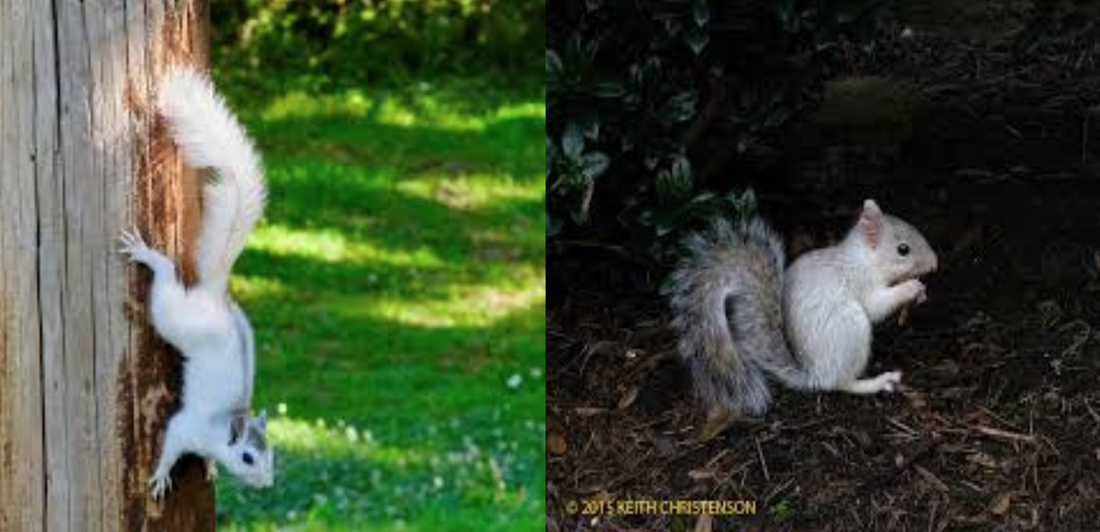
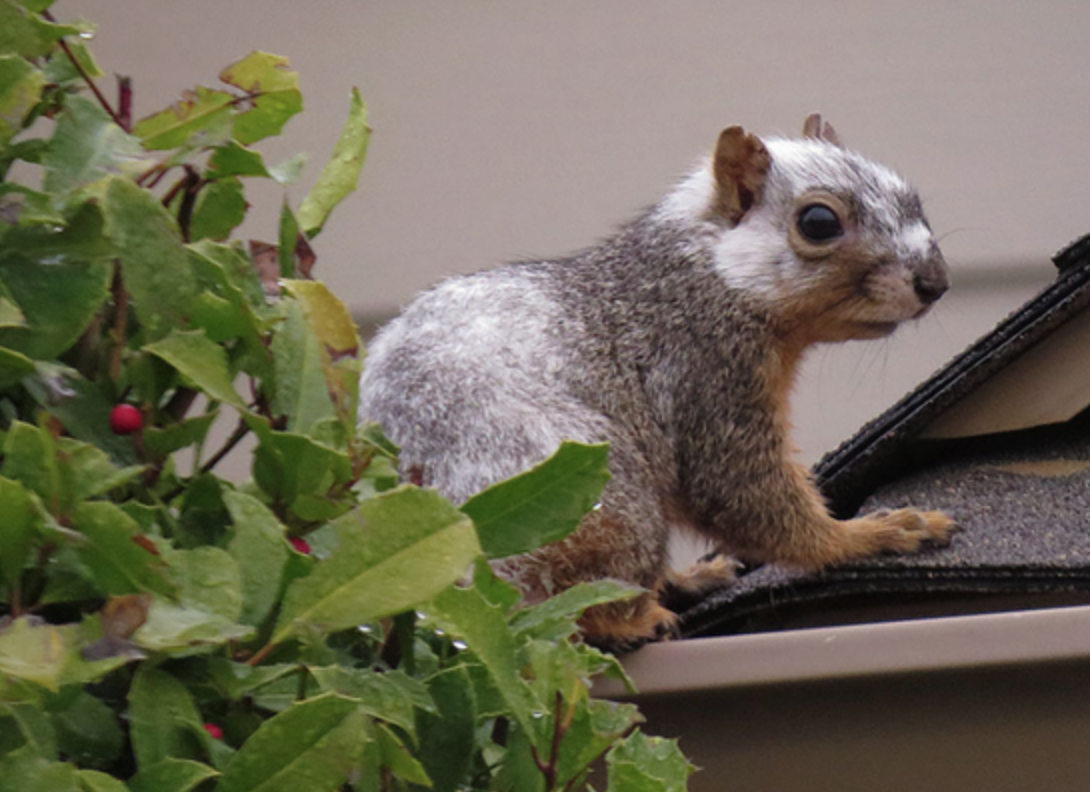
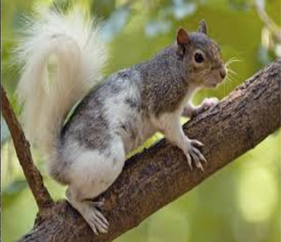
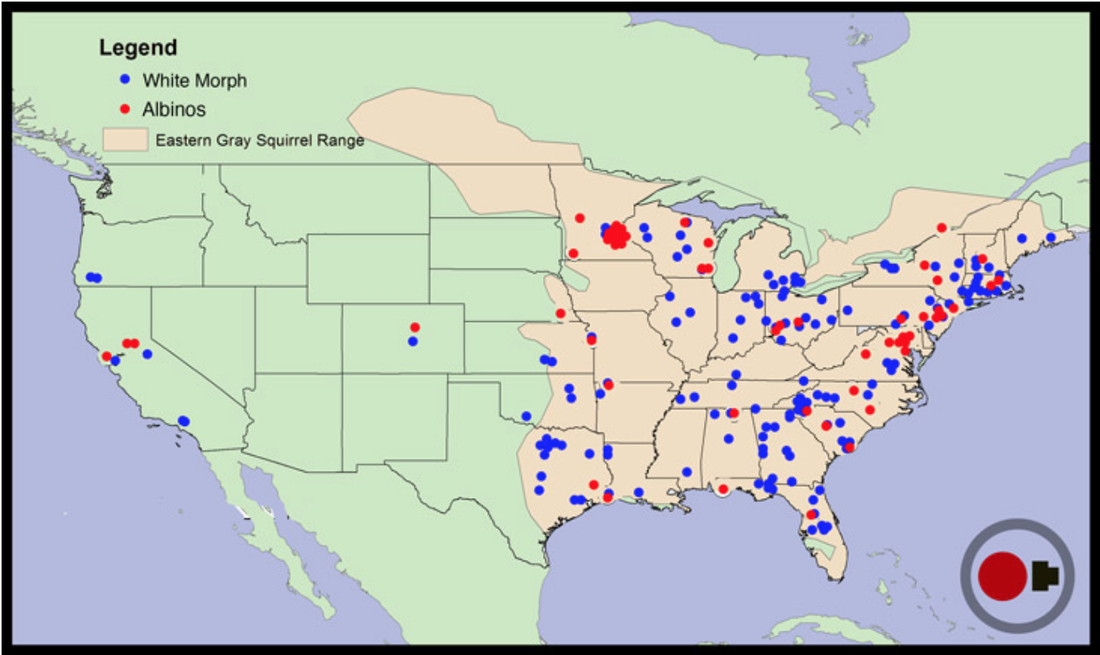
No comments:
Post a Comment